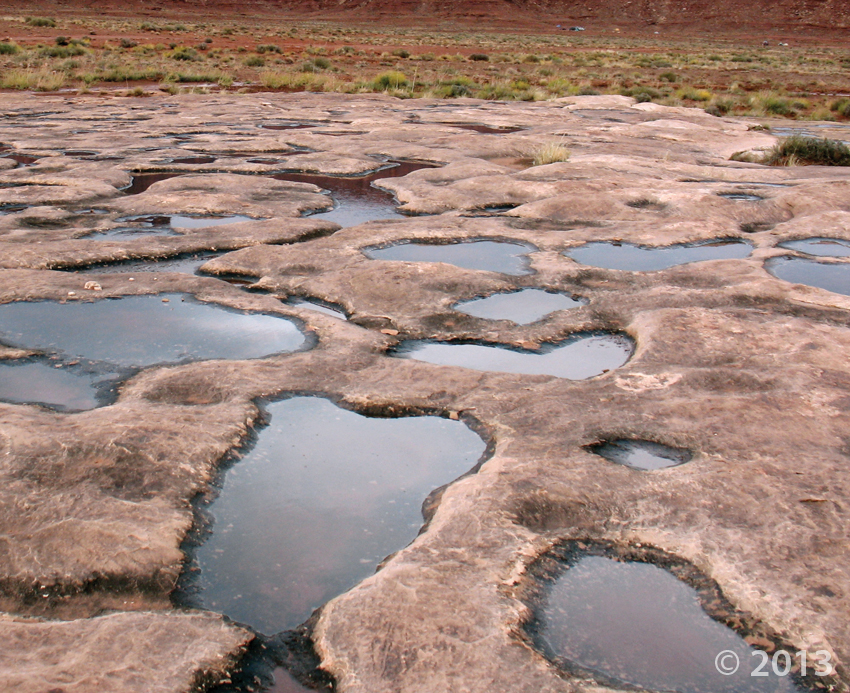Tag Archive for: geology
davisclipper.com
An earthquake is due to hit in Davis and Salt Lake counties sometime between Nov. 3-6 and the National Guard, Davis Hospital and Medical Center, fire departments and utilities are already planning what they will do when the big one hits.
As a Halloween special, we’re taking you beyond Utah and overseas to London, England’s cemeteries. How is geology shaping and evolving those old headstones? Read more in this great piece to find out!
www.ucl.ac.uk
Cooler weather is on its way, so we’ve got a cool “Glad You Asked” article to compliment the changing seasons! It’s a beautiful time of the year to get out into Utah’s geology. Maybe some of you have noticed these groovy rocks out on your outdoor adventures. What are those grooves in the rocks, and how did they get that way?
Read more about Glacial Striations and Slickensides HERE!
colored-sand-and-unity-sand-ceremony.com
The Earth formed more than 4.5 billion years ago. As the planet cooled, a new solid crust formed. The crust is only 8 kilometers thick under the oceans (oceanic crust) and about 32 kilometers thick under the continents (continental crust).
A great read for the morning. One example of technological progression and its contribution to our greater knowledge!
phys.org
A blend of photos and technology takes a new twist on studying cliff landscapes and how they were formed. Dylan Ward, a University of Cincinnati assistant professor of geology, will present a case study on this unique technology application at The Geological Society of America’s Annual Meeting & Exposition. The meeting takes place Oct. 19-22, in Vancouver.









